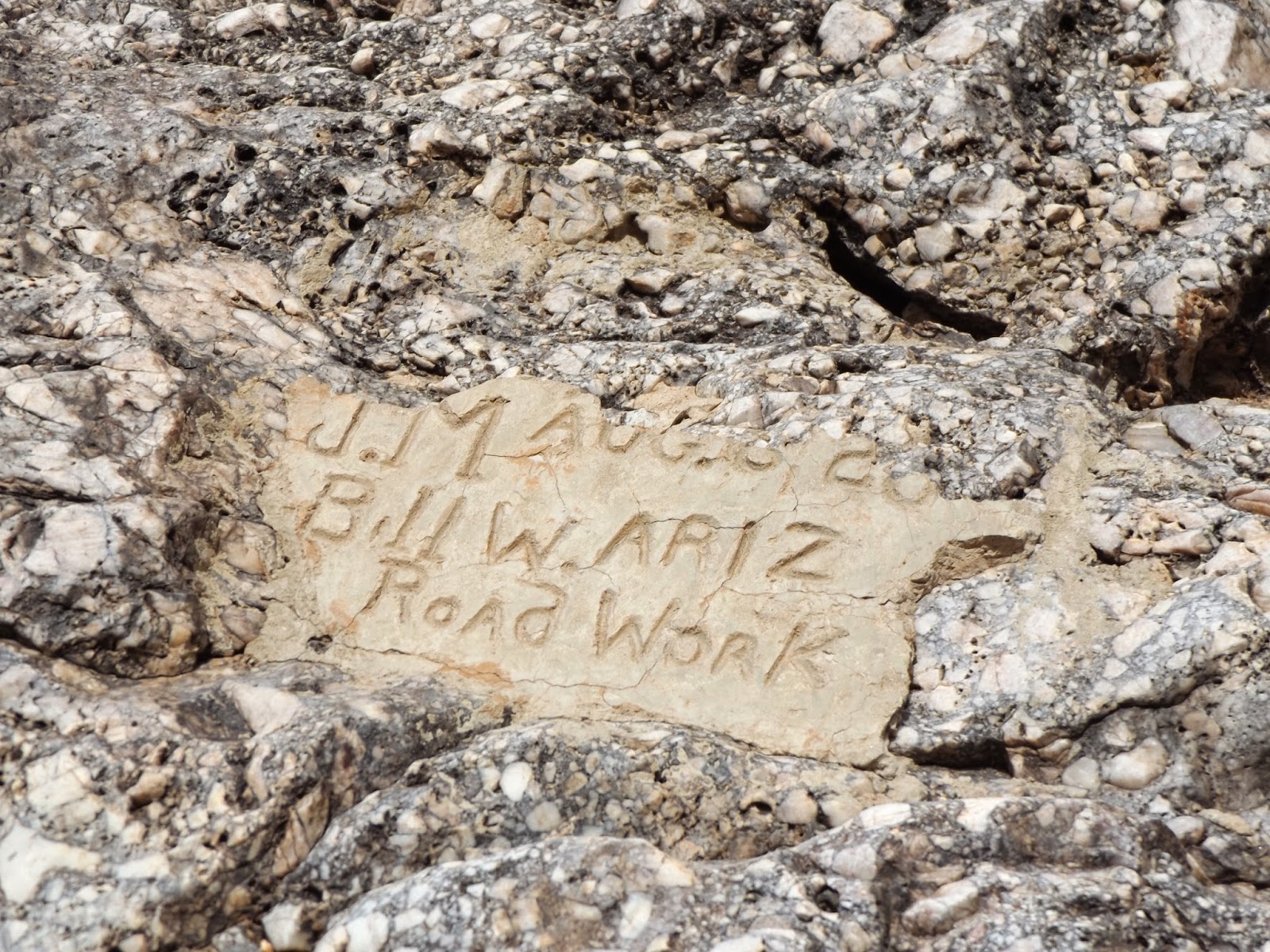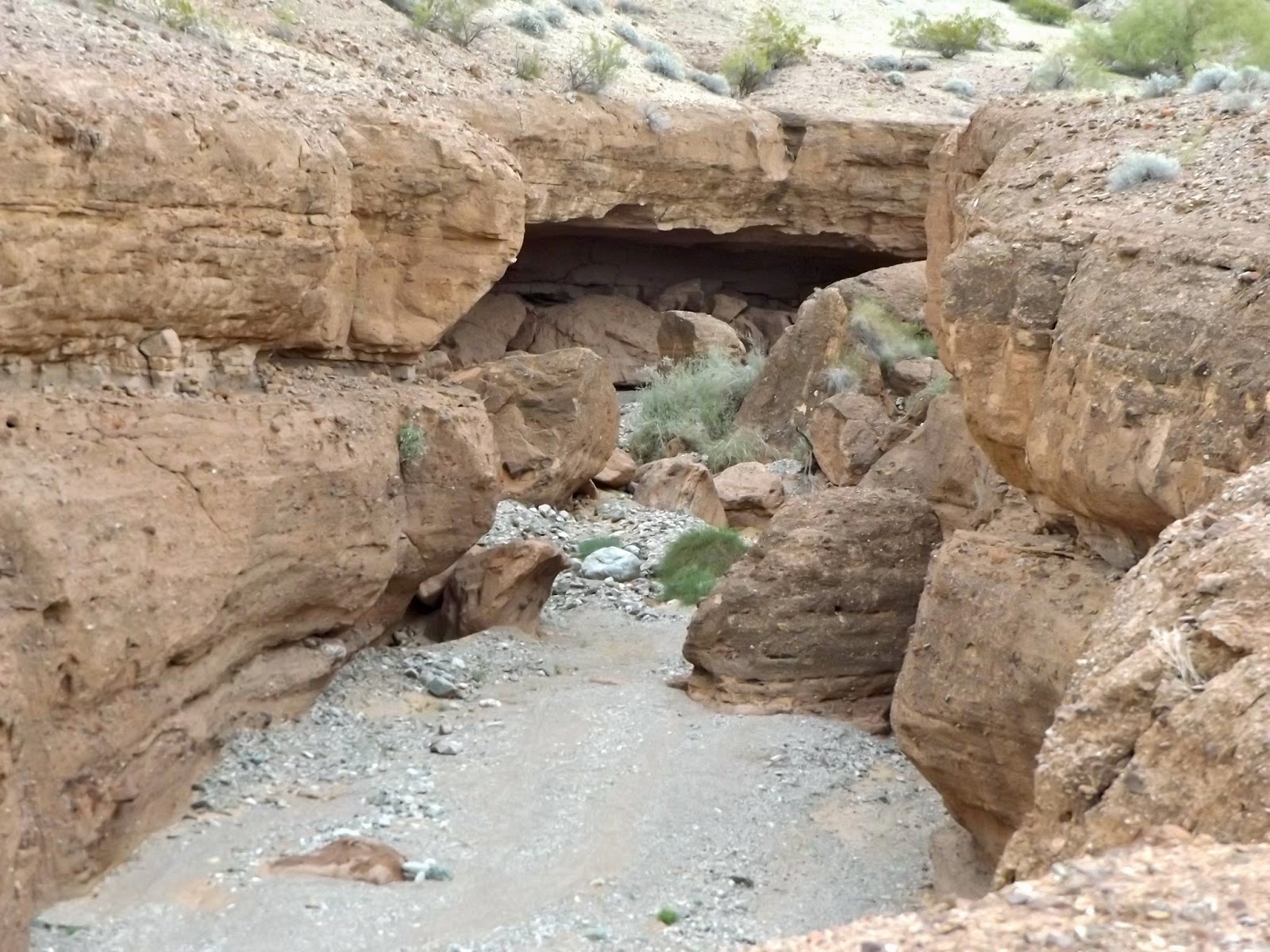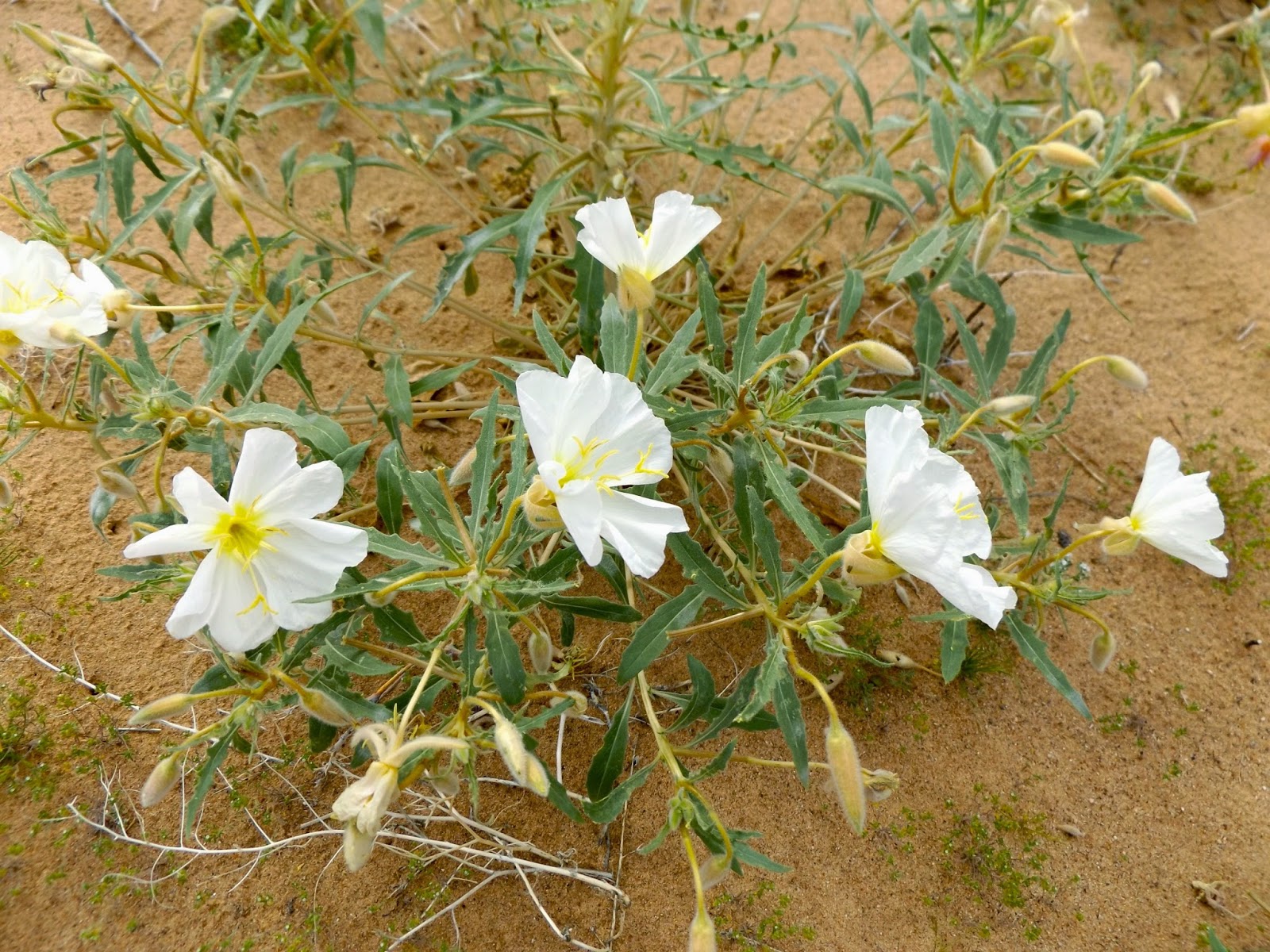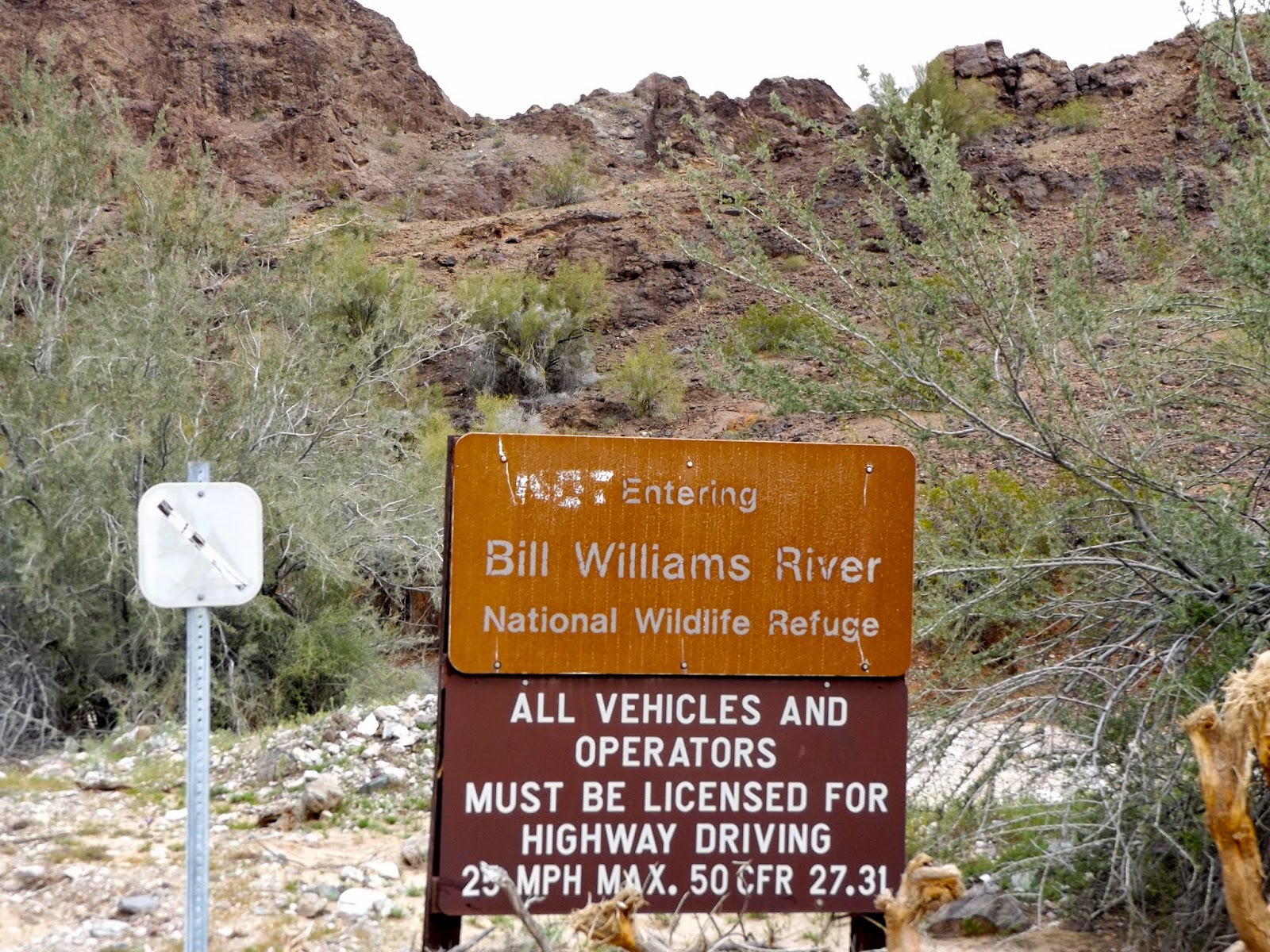It’s spring break, baby!
March 9, 2015Oh yes, it is spring break and I am reveling in the awayness of it all - away from chores, away from jobs, away from all the expectations I put on both of us. Not very long ago, spring break was a neither-here-nor-there event for us. That was before I went back to work at Yavapai College. A job - part-time and temporary though it may be - changes everything.
There’s something about needing to be present and at least semi-alert at 8 a.m. five days per week and to remain in that state for four hours that creates a framework for all other facets of daily life.
Truthfully, I am grateful for this job while at the exact same moment hoping that someone will give me a reprieve. I am returned to the same YC department from which I retired quite some time back. Then I was honchoing the program for lifelong learners; now I am the flunky. I am quite enjoying reconnecting with lots of folks of whom I am very fond; the new complex computer system - not so much.
Between us, Chris and I have managed to keep up a fairly hectic pace for a spell - he is handy-manning, playing and writing music, teaching and leading field trips, and I have had a passel of genealogy jobs, my b&b and the job, and on Sunday afternoon, we completed our first co-teaching endeavor - a four-class course of English country dance, thus spring break is a welcome respite.
And ever so nice that we have another free RV camping stay at Emerald Cove just across the Colorado River from Parker, Arizona. Our trial membership allows us a total of 20 nights camping to be taken in four-night increments; this is our second time out.
Instead of arriving at the office, an 8 a.m.Monday departure transported us in three and one-half hours from a chilly morning at home to shorts- and tank-top weather in the desert on the shore of the Colorado.
Crashed . . .
Happy to get an early start and thinking that after trailer set-up, a good half-day of activity awaited us, instead we were so exhausted that we took naps. Holy moley - not my idea of how to spend vacation time or any time, for that matter, but truthfully, I couldn’t rouse myself from my somnambulent state. Eventually, when all I really wanted to do was to sit in my beach chair on the river bank with a Margarita at hand while staring blankly at the water, Chris harassed me into getting into the truck for an explore.
Residual tension and fatigue seemed to put us both at our snarky worst during the drive hither and thither until the universe stepped in to get our adrenaline flowing and give us an attitude adjustment via a startlingly large and beautiful bird flock undulating overhead as one, spiraling first one direction and then another as if perfectly choreographed and rehearsed. No place to pull over on the narrow winding road to try to see what they were, and then they dropped out of sight.
How excited we were, then, to happen upon their destination in the course of their circling low over a backwater to settle in for the evening roost. I snapped a few photos as they jockeyed for position; the binoculars allowed us finally to determine their identification - white-faced ibis, estimated at 600ish in number.
 |
| The ibises broke ranks as they jockeyed for land & water positions. |
That excitement and attitude adjustment aside, we began to peruse the pond area and an adjoining water hole and found coot, mallard, marbled godwit, green-winged teal, least sandpiper, common goldeneye, northern pintail, canvasback, ring-necked duck, snowy egret, ruddy duck, black-necked stilt and great egret. These added to the few we identified on the drive over: turkey vulture, spotted towhee, raven, northern harrier and phainopepla.
Music, amenities . . .
We enjoyed a few late evenings of getting out the keyboard so Chris could make music outside, which was enjoyed and appreciated by the neighbors. That is always a good way to meet folks; it paves the way for them to stop over, listen and visit.
One of the things we enjoy about RVing is preparing our own food while traveling; however, Emerald Cove’s Tiki Bar makes purchasing meals almost irresistible. The food is quite good, the prices absurdly low. We made it home in time one afternoon to enjoy their excellent quesadillas with sour cream, guacamole and salsa, all for a whopping $2.19.
The swimming pools - one under cover, one open to the sun - are nicely maintained and the large spa is sublime.
“CRITters”, Ahakav . . .
The town of Parker and much of the surrounding region is reservation, belonging to the Colorado River Indian Tribes, characterized on numerous enterprise signs as CRIT. Chris wondered aloud if the tribe is known as CRIT, would its members then be Critters? I’m guessing probably not, but the question hangs.
Reading about something on the reservation called the Ahkahav Preseve and experiencing the reality turned out to be worlds apart. Online literature convinced me that by going there, we would enter a riparian paradise; we anticipated strolling leisurely under green leafy trees alongside the water and hearing bird song all around us.
First off, finding the place was a major challenge: we did three turnarounds because the directions were so obscure as to be impossible to follow. Eventually, we did find it, but only accidentally after giving up and taking a back road to see where it led us, then wandering in without even knowing we were there.
Second, the preserve, while fascinating in its own way, bore next to no resemblance to my expectations. It is clear that I read into the description something more than what it actually said. It serves as “a revegetation area for endangered and threatened plants and animals native to the Lower Colorado River Basin.”
Ahakav consists of a small developed park (near the entrance which was in our case the exit) and more than 1,200 acres of basically thick thicket (just wondering - can a thicket be thin or would it then be a thinnet?), almost all impenetrable brush following the serpentine route of a side channel of the Colorado River. Evidently, the inflow is controlled in order to maintain the environment for the wildlife and avian species that are there.
We found a couple of places where we could get out for short walks and saw a black-tailed gnatcatcher to add to our trip list. The bulk of the brushlands was dry and in the few places we could get close enough to the channel to scout for birds, they spooked away at our approach. We did manage to get roadrunner, yellow-rumped warbler, cinnamon teal, northern shoveler, green-tailed towhee and red-tailed hawk.
The place has great appeal as a perfect place to fish from the kayaks; we will likely do that on a future stay here. Again, we did not bring the boats with us because over-the-head weight-bearing motion is the one thing Chris’ shoulder-sans-rotator-cuff is not yet ready to tackle.
Agriculture . . .
The search for the Preserve took us out into the extensive Parker Valley acreage devoted to agriculture. Many of the fields were planted to some type of grass destined to be baled for hay; however, random cotton plants on ditch banks revealed that it is a common crop there, too.
I thought the lush grass might be sudan, but Chris who is more knowlegeable on the subject, was not able to identify it.
Large canals and ditches carry irrigation water to the fields, without which there would be no farming in that arid region.
 |
| With water and without… |
Wyatt . . .
We were camping on the western side of the river, thus on the opposite shore from Parker, Arizona - in Earp, California. I'm still trying to determine where the town of Earp actually is; all I saw was a strip of developments following the river bank in one direction, and in the other direction, a post office that appears to have been built about a hundred years ago across the road from a garage. This leads me to believe the post office is the sum total of downtown Earp.
Its water supply appears to come from a nearby tank that carried a welcoming message, my second clue that the location truly is Earp. I knew that the (in)famous lawman had lived and ultimately died in Los Angeles. so I quickly poo-poohed the idea that he had resided in Earp, but research proved me wrong.
After astutely googling the question, "Did Wyatt Earp live in Earp, California", I found the truth according to Wikipedia:
"The town, originally named Drennan in 1910, was renamed Earp in 1929. It was named for famed Old West lawman Wyatt Earp who with his common-law wife, Josephine Sarah Marcus, lived part-time in the area beginning in 1906. Earp staked more than 100 copper and gold mining claims near the base of the Whipple Mountains.
They bought a small cottage in nearby Vidal and lived there during the fall, winter and spring months of 1925 – 1928, while he worked his "Happy Days" mines in the Whipple Mountains a few miles north. It was the only permanent residence they owned the entire time they were married. They spent the winters of his last years working the claims but lived in Los Angeles during the summers, where Wyatt died on January 13, 1929.
Though the town was never incorporated, the post office near Earp's mining claims at the eastern terminus of Highway 62 near Parker, AZ was renamed "Wyatt Earp, California" after Earp's death in 1930 with a ZIP code of 92242. For amusement only there is a tiny cemetery showing the fake grave of Wyatt Earp."
8 miles - dogs ‘r barkin’ . . .
Destination: the Bill Williams River, access unknown. When we were at Emerald Cove last month, we went to the ghost town of Swansea and reckoned that father along that same route would get us to a section of the river that we hadn’t visited before, so this trip was the time to do just that.
With lunch made and packed, we embarked on the drive, but stopped at a spot where the road appeared to be iffy up ahead and determined to hike the rest of the way - a couple of miles by the señor’s estimation. Not being of a mind to abort an activity short of its fulfilment, we continued on a good bit beyond the expected arrival, and what a hike it was!
Right at the start, we walked the bottom of the most amazing convoluted canyon and continued on through country created by crazed geologic cataclysms.
 |
| We found this remnant of a concrete inscription along the way, not sure of its purpose. There was much evidence of abandoned mining activity in the surrounding mountains. |
 |
| I couldn't resist bringing home this fabulous veined specimen because I…really…need…more… rocks. |
Along the hike, we identified rock wren, house finch and cactus wren, not much of a showing for eight miles, eh what.
Perseverance paid off as it is wont to do: we made it to the river, a startling contrast to the dry canyons and sandy washes surrounding it. The riparian area was nothing short of magical - one beaver dam after another all along the course of the waterway pool up the flow, backing up water into side channels choked with reeds, willows and myriad varieties of greenery, a lovely spot to enjoy lunch and watch for birds.
 |
| Two channels of the river are widely separated by a dried-mud flat of impressive depth. |
We worked our way through the brush in the few places we could force our way, sometimes walking crouched over to find access to the water, and headed back sooner than we would have liked because of the long hike out. Now we know the road is drivable all the way to the river - next time, we will do that and leave more time for exploring the water course, and return home less fatigued.
 |
| Four miles in necessitates four miles out. |
We enjoy identifying birds wherever we go; that area of the Colorado River flyway with so much migrating and seasonal avian life tends to make it irresistible.
Other than those already noted, we got mourning dove, great-tailed grackle, red-winged blackbird, collared dove, Brewer’s blackbird, house sparrow, double-crested cormorant, pied-billed grebe, rock dove, starling, and black-chinned and Anna’s hummingbirds (yes, they finally found our feeder).
Regrets . . .
So anxious were we to be departed from work to relaxation that we never managed so much as a phone call to Corina, much less gathering enough energy to make a plan. Everything that happened was simply the result of getting in the truck and seeing where it took us, so we missed a visit with that sweet girl and are sorry to have done so.
Loon, palm canyon, fish or not, burro . . .
Yet another day of wandering aimlessly allowed us to crane our necks not to miss one bit of more miles of spectacular scenery - more mountains contorted into impossible shapes with the canyons between peaks begging to be hiked. After our previous day’s eight miles, hiking was kept to a more moderate distance.
One short walk allowed us a vista of a palm-filled arroyo of stupendous beauty. There were at least three varieties of palms in the canyon bottom and reaching up into side drainages, gorgeous in their masses and especially in contrast to the backdrop of dark swirled rocky cliffs.
While winding our way down a dirt back road, we encountered a wild burro. This one was a country burro, unlike those in-town moochers that graze in RV parks and wait for tourists to arrive with carrots. He stood still for a bit of an ear-scratch, but soon shied away. What other wild animal could a person do such with?
We stopped long enough near Parker Dam to make a stab at fishing, the end result being a nice snooze in the sun (I wasn’t kidding when I said we were tired). It was most relaxing except for the excitement when Chris caught a three-inch bluegill. Somehow, it just did not measure up to the two-foot striped bass a nearby fisherman told us about. . .
Even more exciting, though, was when I spotted a common loon floating on the water.
So what if I called it a cormorant at first - in my defense, it was very far away at the time. It was only the second one we’ve gotten; the first was on Lake Mohave nearly 20 years ago. I have a cute photo of that earlier one with Rowdy perched on the houseboat rail watching the bird bobbing on the water.
 |
| Prescott is not the only place with a "P" mountain; Parker's is bigger, though, presumably because it's much farther from town. |
 |
| The Parker Valley, through which the Colorado River flows on its way to the Sea of Cortez, is ringed by numerous rugged and majestic mountain ranges. |
 |
| I did not previously know that California pumps water out of Lake Havasu. These aquaducts are part of the system that delivers the water to yet another reservoir higher up. |
 |
| Best sign on an RV. |











































